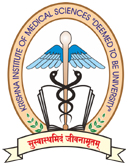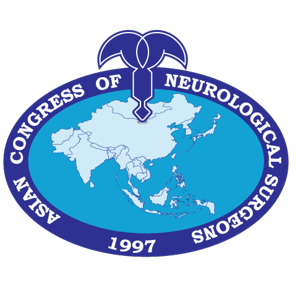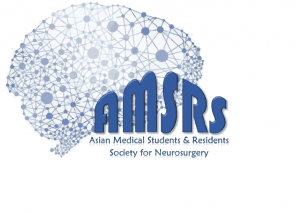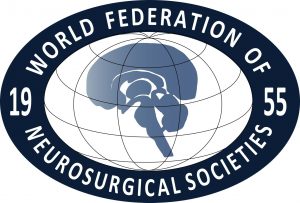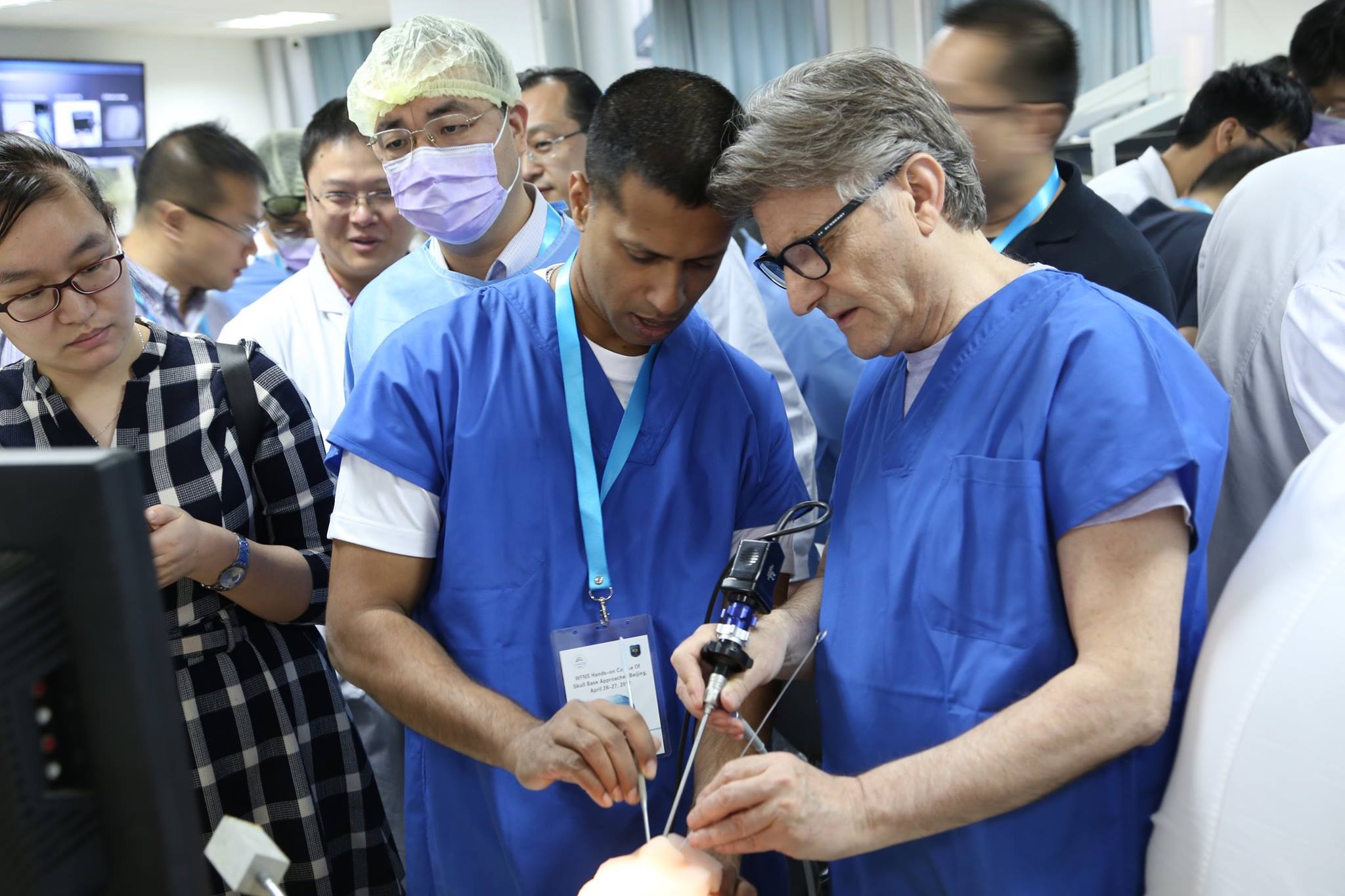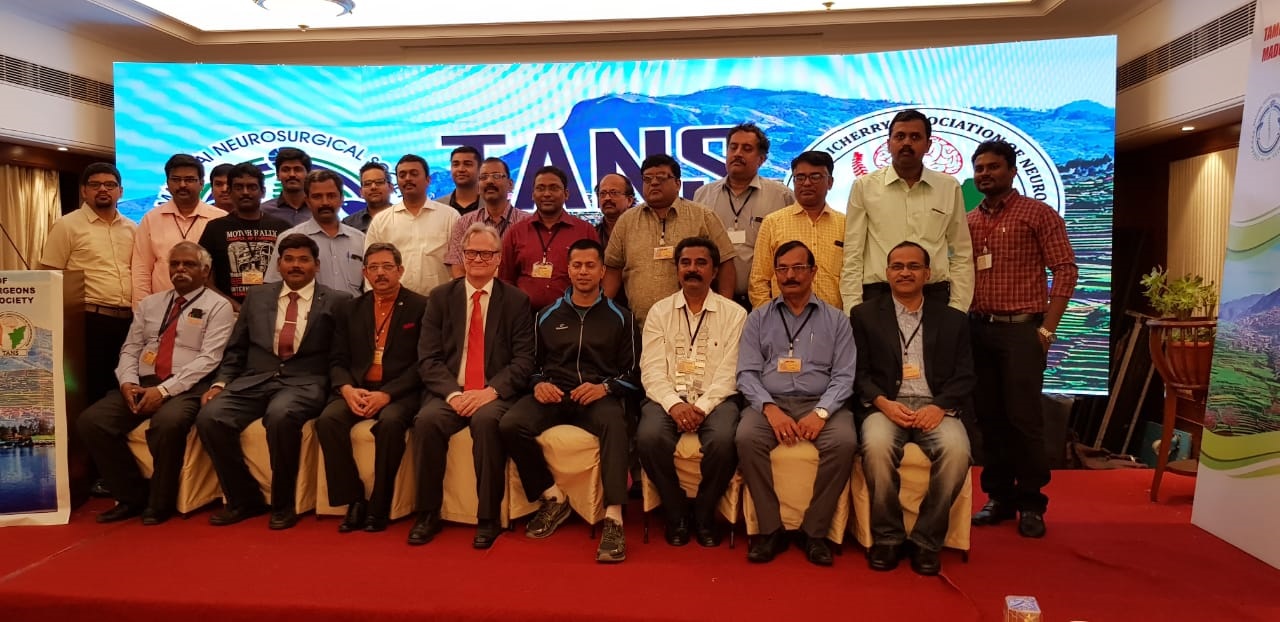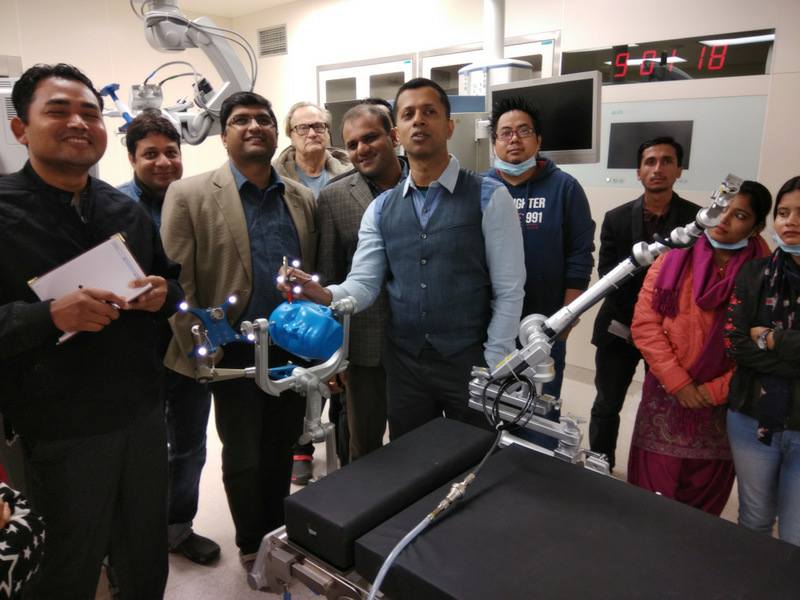Welcome
Dr. Iype Cherian
MCh. (CMC Vellore)
Director, Institute of Neurosciences
Krishna Institute of Neurosciences, Karad, India
My World
My interest in neurosurgery and neurosciences led me to many interesting worlds. Of these, Cisternostomy has been an important landmark. Cisternostomy was accidentally discovered and this helped to introduce micro-neurosurgery into head trauma surgery. This improved the outcome in patients when compared to Decompressive HemiCraniectomy (DHC) which was the standard practice for hundred years. However, the surgical technique of cisternostomy is more difficult and it needs better infrastructure.
One should understand that low and middle-income countries like India, China, and most parts of Asia, Africa and South America form five-sixths of the world’s population and these countries unflinchingly follow guidelines which are laid down by and suited to Europe and the States where the experience as well as the infrastructure is different. To clarify, the clinical experience is much less (because the population involved is obviously much smaller) while the infrastructure is much better developed. Head injuries are not a big issue in the developed world while it is a burning problem in the low and middle income countries. It is time that micro-neurosurgery is introduced to trauma and the hundred-year-old DHC is put to rest for most cases.. And, of course, it is time that the patients spent less on additional surgeries and cranioplasty plates which are sold by companies who sponsor most head trauma meetings. These meetings decide guidelines for future head trauma. Fortunately, Neurosurgeons are lionhearted and they have started to identify and isolate the problem.
Cisternostomy led to another big change in my world and I understood that the cerebrospinal fluid (CSF) at the base of the brain is not just for the flotation of the brain. It is very important in cleaning and cooling systems of the brain and we highlighted these in several of our chapters and papers. I also figured that the nasal sinuses play an important part in cooling the brain and the design of all this is truly awe-inspiring. In short, the wet mucosal linings of the sinuses give the latent heat of evaporation while the air circulates during breathing through these sinuses. Thus they are cooled and so is the suprascellar cistern, a collection of CSF located in the middle of these sinuses. Thus, like most engines, the brain is a water-cooled system!!!
The suprascellar cistern contains about 100 ml. of CSF. This CSF is pumped into the rest of the brain via Virchow Robin spaces which accompany the numerous vessels that go into the brain from the suprascellar cistern. Of interest is the fact that this migration follows the principle of a dynamic Archimedes screw, in which the CSF is pumped into the brain by the pulsations of these vessels. Therefore, it is interesting to look at the relationship of these pulsations to degenerative disorders such Alzheimer’s.
Over the past few years, I also started to look into the science of religions. If we see the Fibonacci sequence which is 1, 2, 3, 5, 8, 13, 21, 34, 55, 89, 144 and so on, and then divide any number after 34 with the previous number, – for example 89/55 or 144/89,- we get the golden ratio which is 1.617. You must know that this number is very close to the Planck’s distance ( 1.616 X 10-35). The golden ratio is something seen very commonly in everything in the universe from structures of atoms, sunflower whorl-patterns, music, tree branching, blood vessels and bronchiole branching and so on. Man made things like the Pyramids also show that we were aware of this from ancient times.
Another thing was the concept of Shiva. Shivay actually means “nothingness” in Sanskrit. If we look at the Mandelbrot set for infinity, the picture looks so similar to Ganesh, who is the son of Shiva. In fact, imagine a father who means nothingness and who gives birth to infinity. If we look to the beginnings, before the Big Bang, the entire known universe started from a particle. What was before the particle is obviously nothingness. If we assume that spacetime started with this particle, what was before the particle was true nothingness or Shivay, and therefore this concept permeates through space and time. In many temples, we see the gaarbhagriha or the womb which probably signifies the primordial particle from which the world started …
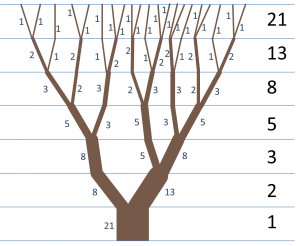
Over the past few years, I also started to look into the science of religions. If we see the Fibonacci sequence which is 1, 2, 3, 5, 8, 13, 21, 34, 55, 89, 144 and so on, and then divide any number after 34 with the previous number, – for example 89/55 or 144/89,- we get the golden ratio which is 1.617. You must know that this number is very close to the Planck’s distance ( 1.616 X 10-35). The golden ratio is something seen very commonly in everything in the universe from structures of atoms, sunflower whorl-patterns, music, tree branching, blood vessels and bronchiole branching and so on. Man made things like the Pyramids also show that we were aware of this from ancient times.


Above: An image of Ganesh, an ancient Indian god.
Left: Mandelbrot set infinities visualized.
Another thing was the concept of Shiva. Shivay actually means “nothingness” in Sanskrit. If we look at the Mandelbrot set for infinity, the picture looks so similar to Ganesh, who is the son of Shiva. In fact, imagine a father who means nothingness and who gives birth to infinity. If we look to the beginnings, before the Big Bang, the entire known universe started from a particle. What was before the particle is obviously nothingness. If we assume that spacetime started with this particle, what was before the particle was true nothingness or Shivay, and therefore this concept permeates through space and time. In many temples, we see the gaarbhagriha or the womb which probably signifies the primordial particle from which the world started …
Gallery
Cisternostomy
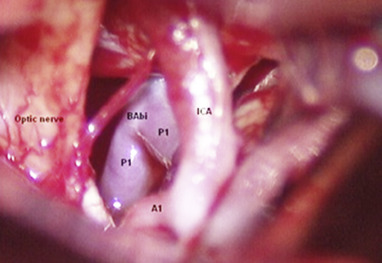
Cisternostomy is a micro-neurosurgical procedure that utilizes skull base and microvascular approach to access subarachnoid cisterns in the brain for the purpose of reversing damage due to hemorrhage caused by brain injuries or ruptured aneurysms.
Cisternostomy has been recognized worldwide as a promising alternative to Decompressive Hemicraniectomy. Papers have been written on the subject worldwise in AJNS and other journals of neurosurgery but its full pathological understanding is still under research. It has been part of the world’s most leading trauma study known as GNOS (Global Neurotrauma Outcomes Study).
FIRST PERSON
Neurosurgery in the Himalayas ...
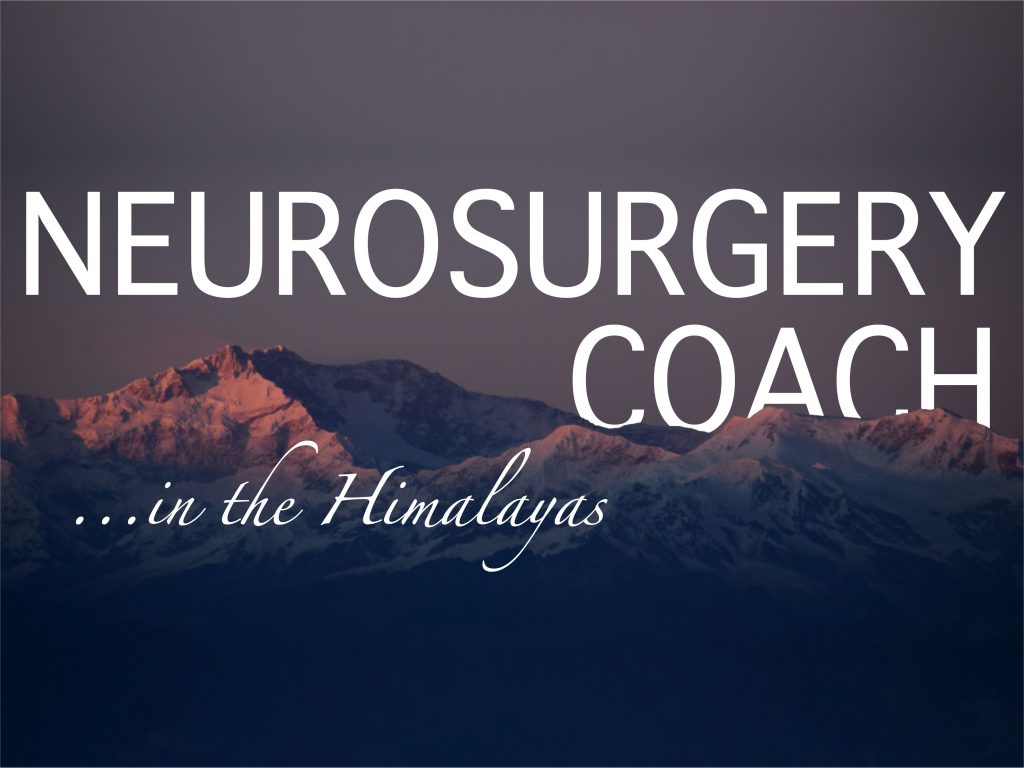
The health scenario of western Nepal is bleak and especially the Neurosurgical facilities are poor. We started the Department of Neurosurgery in April 2008 and has been improvising to do various cases with good success rate. Although not very well equipped, we have tried to do our best and the results have been encouraging.
It was on a September afternoon that I took the decision to go to Nepal. When Dr. Mathai (who is now the senior-most Neurosurgeon in India) asked me over a cup of coffee at his home, even he did not expect me to say yes. And along with him, and my wife, I was also shocked at my response …
Cleaning and Cooling Theory
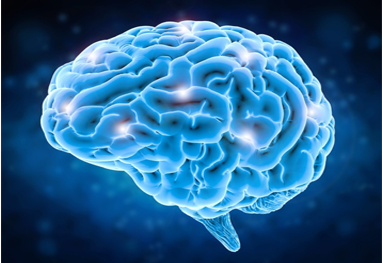
Emerging evidence from latest research and observations based on microsurgical practices have indicated that the role of cerebrospinal fluid is much more than previously conjectured by neuroanatomists. Dr. Cherian has proposed a new theory that seeks to explain the self-regulatory mechanism of the most complex organ in our bodies, and perhaps the universe, and its interesting implications in a simple and elegant way.
AFFILIATIONS
